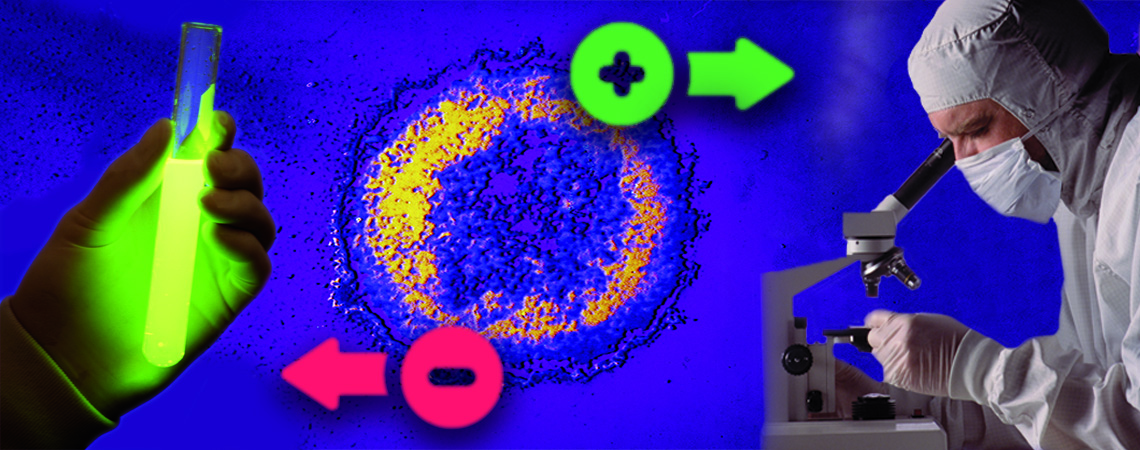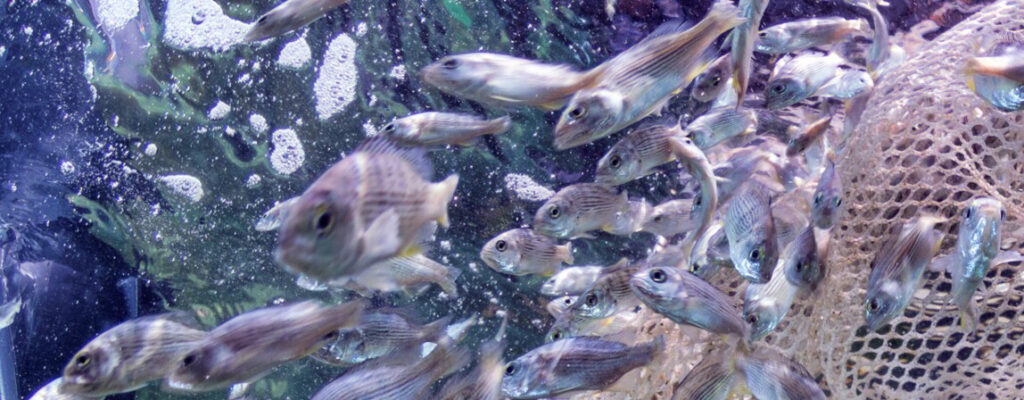Perspectives Posted on 2018-08-29 14:09:57
Perspectives on dual use
Can security be ensured by regulation?
Keywords
Authors
Chargée de Mission for Biological Threat Reduction, Programmes Department, World Organisation for Animal Health (OIE)
Biological threat is a topic that moves in and out of the public perception. Most of the time it holds no special interest; at other times, it suddenly dominates the headlines and decision-makers are pressured to regulate real or perceived risks and threats. Its reappearance in the public arena may be related to specific diseases or pathogens, such as the ‘anthrax letters’ in the United States of America [1], the outbreak of foot and mouth disease in the United Kingdom [2], the epidemic of Ebola in West Africa [3] or the emergence of severe acute respiratory syndrome (SARS) [4]. Sometimes it gains new emphasis because of scientific developments, such as genome editing [5], artificial intelligence, synthetic biology or nanotechnology [6].
We need research on these high-consequence pathogens and scientific advances to keep us safe, to develop new vaccines and treatments, and to find new ways to protect ourselves, as well as safeguarding animals and plants. However, high-consequence pathogens and emerging technologies have significant inherent risks that come partly from the possibility of accidental release but also from their potential misuse for malicious purposes. These two sides of the same coin are described as the ‘dual-use dilemma’.
The term ‘dual use’ originally described a technology that could be used for military but also civilian purposes, e.g. microwaves, satellites or the Internet. Over time, the term has become a catchphrase for advances that can be used for good but also for malevolent purposes, including in the life sciences. The possibility that a major animal disease outbreak might be caused intentionally continues to be widely discussed, this includes agroterrorism (directed against livestock to cause economic damage) or bioterrorism (directed against livestock and the food chain, including zoonotic disease). The likelihood of such an event is directly correlated to the capabilities of potential perpetrators to get hold of the relevant material, technology and knowledge. While science and technology are the backbone of advances in human and animal health, research can be misused. How, then, can we protect ourselves? How can the risk be mitigated without hampering our advancement in science?
There are different systems in place to deal with these risks
The first of these is laboratory biosafety: avoiding accidental exposure to biological agents. Most countries and institutions have established appropriate regulations and provisions for this. The second is a security system aimed at improving biological security(1). In addition to securing physical access to facilities, those in charge must also consider the use of and access to information and technology, and this is where the true dilemma sets in. The exact same advances that bring technological and medical breakthroughs could have the greatest potential for misuse. In addition, these technologies evolve very fast. It is impossible to keep pace with these developments as they happen – especially in a globalised world, where national regulations have only limited effect.
While we wait for regulators and regulations to catch up, the answer to the question ‘Can we mitigate these risks with minimal impacts on research and development?’ is yes – through responsible conduct. We need scientists who understand not only the benefits that their work creates for society but also the risks. Sound risk–benefit analysis is the key to safe and secure research.
However, scientists make up just one group of stakeholders. There are many more, making this an intersectoral issue that must be addressed at the health–security interface. Other stakeholders with important responsibilities include the funders, who make the initial decisions on which research should move forwards; publishers, who decide which results will be shared openly; teachers at universities and elsewhere, who should not only provide knowledge but also teach ethics to their students; policy-makers, who regulate fields of research or export materials; and the general public, who could be at risk but who also benefit the most from scientific progress.
(1) Biosecurity means: ‘a set of management and physical measures designed to reduce the risk of introduction, establishment and spread of animal diseases, infections or infestations to, from and within an animal population’ [7]
http://dx.doi.org/10.20506/bull.2018.1.2768
References
- Federal Bureau of Investigation (FBI).– Amerithrax or anthrax investigation.
- United Kingdom House of Commons (2008).– Foot and mouth disease 2007: A review and lessons learned. London: The Stationery Office.
- World Health Organization (WHO).– Ebola outbreak 2014–2015.
- World Health Organization (WHO) (2003).– Chapter Five. SARS: lessons from a new disease. In The World Health Report 2003. Shaping the Future.
- National Institutes of Health (NIH) (2017).– Genome editing.
- United Nations Interregional Crime and Justice Research Institute (UNICRI) (2012).– Security implications of synthetic biology and nanobiotechnology. A risk and response assessment of advances in biotechnology.
- World Organisation for Animal Health (OIE) (2017).– Glossary. In Terrestrial Animal Health Code.












